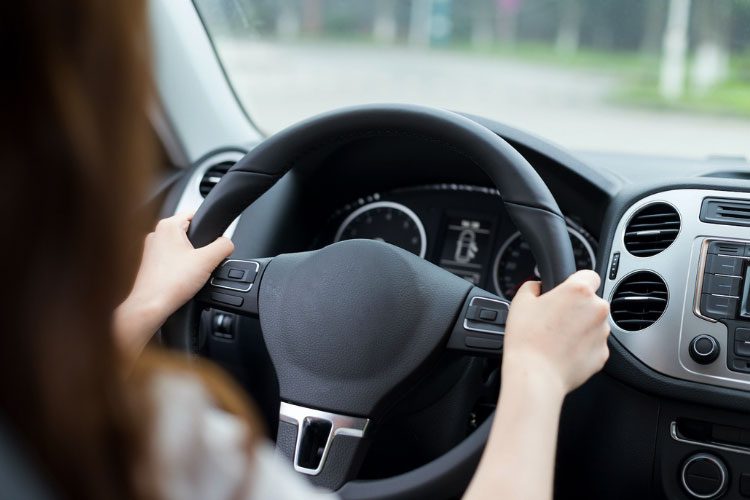Why Is My Car Shaking After Changing Spark Plugs, And How Can It Be Fixed?
Replacing the old and used spark plugs improves the spark efficiency. However, this is only sometimes the case, as you may notice your car shaking after changing the spark plugs.
So, why is your car shaking after changing spark plugs? That is because you have
- An inappropriate spark plug,
- Damaged spark wires,
- Incorrect spark gaps and
- Improper plug boot seating.
Other causes may be due to mixed plug wiring and reverse wiring. Check the manufacturer’s manual for appropriate plugs installation.
This article reviews the causes of your car shaking after changing spark plugs and how it can be fixed. In addition, it also gives information on how to install the plugs correctly.
Car Shaking After Changing Spark Plugs, And How Can It Be Fixed? (Quick Summary)
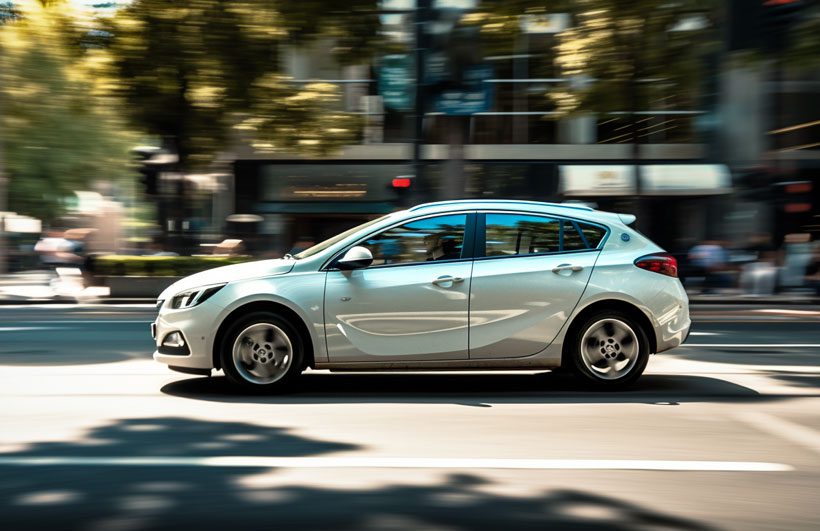
Below is a quick summary of why your car shakes after changing spark plugs and how to fix them.
| Causes | Solution |
| Use of wrong spark plugs | Get the original spark plug recommended by the manufacturer |
| Damaged spark plugs wires | Check any damaged wire and repair or replace accordingly |
| Incorrect spark plug gap | Get the correct gapping measurements for your engine |
| Mixed up spark plugs wires | Consult the manual guide for correct installation |
| Inappropriate screw torque | Reinstall the screws with the right torque |
| Reversely connected spark plug wires | Follow the given guidelines for correct installation |

What Causes A Car Shake After The Spark Plugs Are Changed, And How Can It Be Fixed?

Let’s now look at the causes of car shaking after changing spark plugs in detail.
1. Wrong Spark Plug Gapping
Spark plugs operate with an electrode gapping between the earthing and the power electrode. Wrong gapping means the spark will either be delayed or missed if the gapping is too much.
On the other hand, the spark may be passed to the ground wire due to the proximity between the two electrodes. It would be best to have the exact gapping for your specific engine. Most vehicles operate with a spark plug gap of between 0.028“ and 0.032”.
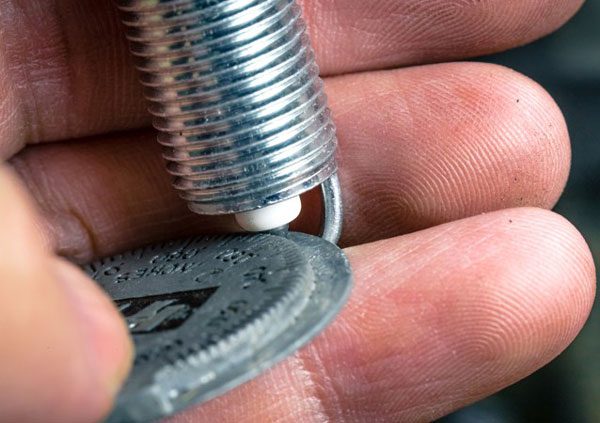
Solution
Since different engines require different gapping, consult with the manufacturer’s guide for an exact gapping measurement for your engine. Use a feeler gauge to measure the gap for accuracy before installing the spark plug.
2. Use Of Wrong Spark Plugs
You may have the right gapping on the spark plug, but still, your car shakes. Most likely, the spark plug you installed is wrong.
The size may be okay and fit perfectly, but it must still be the right type. Such spark plugs cause delayed sparking and even misfiring in extreme conditions.
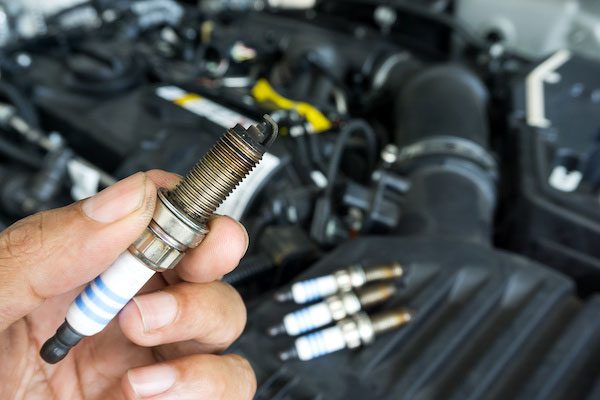
Solution
Use the original spark plugs recommended by the manufacturer. Avoid spark plugs titled as universal for any engine; get the exact OEM spare for your engine.
You can check the make and type of spark plug you removed for comparison.
3. Damaged Or Mixed-Up Spark Plugs Wires
Several wires are used in the installation of the spark plug. A wrong wiring connection between the spark plug and the ignition coil affects the regular firing order and the proper combustion of fuel. These problems cause your car to shake because the engine has an insufficient power supply.
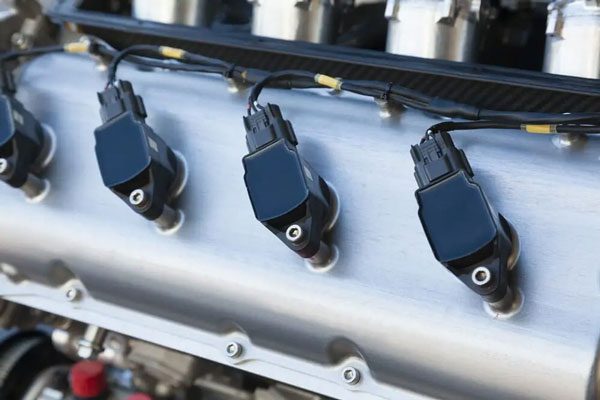
Solution
Get all the damaged wires replaced, as repairing them may cause similar problems in the future. Check the connection and install the wires in the correct order.
Consult the manual guide for the exact connection sequence.
4. Inappropriate Screw Torque
Spark plugs are held in place by the plug screws. A wrong torquing may exert an excess force that affects the spark plug efficiency. Thus, inappropriate screw torque may affect the plugs causing your car to shake while driving.
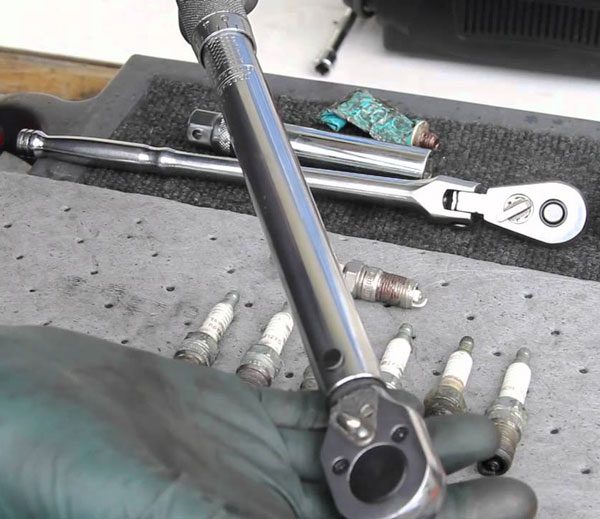
Solution
Reinstall the screws with the proper torque. Check the manufacturer’s manual for the exact torque requirements.
5. Reversely Connected Spark Plug Wires
Connecting the spark plug wires in reverse causes misfiring in the combustion cylinders. Reverse wiring causes a change in the firing order of your engine, thus shaking the car while driving.
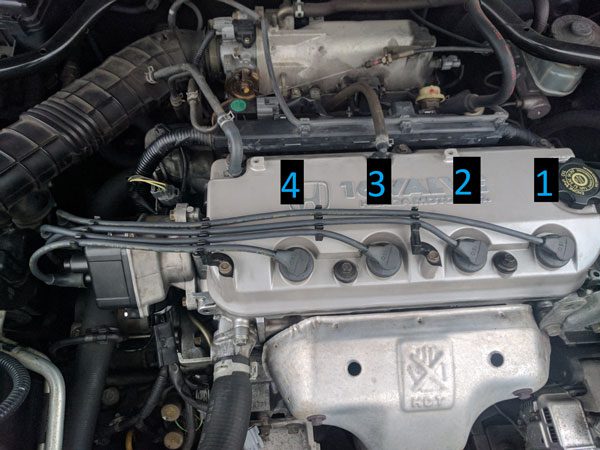
Solution
Ensure correct connections with the proper sequence to avoid altering the engine’s firing order.
Safety Precautions To Do After Changing The Spark Plug
Once you successfully change the spark plugs, check to ascertain the right connections before getting back on the road.
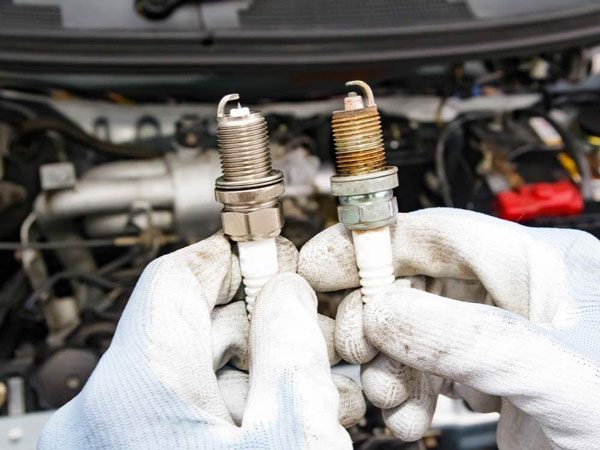
- Inspect the spark plug wires and the connection to the ignition coil with the manual guide
- Follow the wiring connection from one end to the other
- Repair or replace the damaged cables to avoid short circuits
- If, on removal, you had pulled on the lead and not the insulator cap, check the plug wires for loose connection
- For modern vehicles with coil packs on top of the spark plugs, check if there is an excellent positive connection with every spark plug

FAQs
Below are some questions asked by car owners with problems after changing spark plugs-
No. It’s not normal for your car to shake after a spark plug change. There is a possible misfire caused by one of the coils not being seated properly.
The problem may also be due to a non-sparking plug or misrouted ignition leads in the connection. Also, check for possible plug wires swap and the firing order.
Yes. Depending on the magnitude, you can drive your car to a safe place/garage for necessary mechanical assistance. However, if not a necessity, park your car and proceed to have the problem addressed.
Yes. Changing the spark plugs after they have covered their expected life span is essential in maintaining fuel efficiency and power supply. Ensure the replacement spark plugs are of the correct type and the right gaping.
Also, ensure proper installation of wires and correct screws torque.
Conclusion
Changing the spark plugs is a maintenance practice to improve the engine’s performance. However, a slight mistake from the replacement plug type to the installation can cause problems with your engine, such as the car shaking while driving.
Poor installation causes misfiring and altered firing order, which on operation, shakes the vehicle. Ensure proper spark plug replacement by following the manufacturer’s guidelines or consulting a mechanic.

